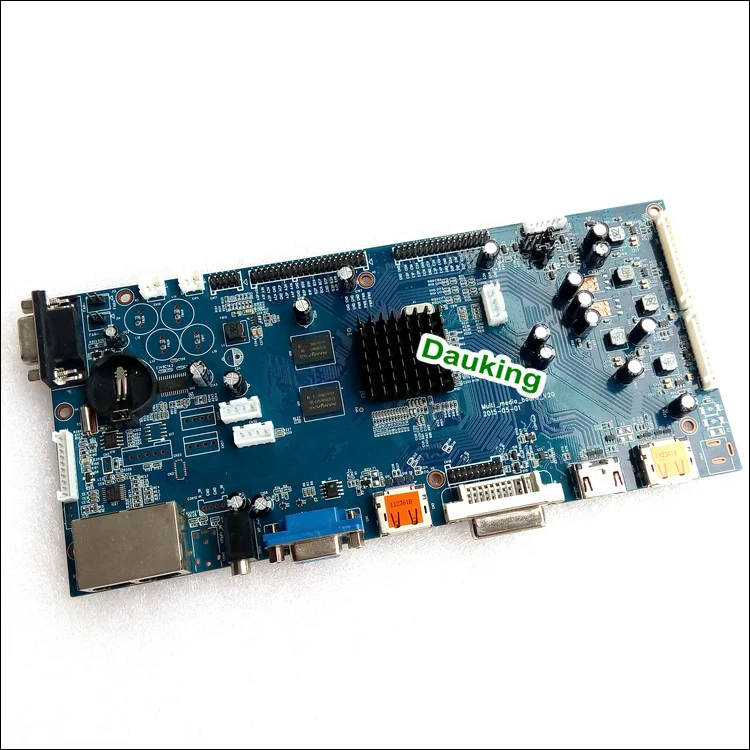- Aptina Imaging Demo 2x Board Driver License
- Aptina Imaging Demo 2x Board Driver Updater
- Aptina Imaging Demo 2x Board Drivers
General description
Aptina Imaging has developped a set of sensors dedicated to driving assistance systems. Requirements for these systems is similar to those for robotics vision:

The problem you are seeing is most likely an issue with the Aptina Demo2x base board. In order to obtain the software and settings to program the Aptina image sensor, you will need to contact Aptina directly.-Sean. LI-USB30-ADAPTER $ 99.00 LI-USB30-ADAPTER. This adapter can support all Leopard USB 3.0 Camera board, the output port can be either Aptina DEMO2 board or Cypress FX3 EVA Board. Once the USB cable is connected to the Demo2X demo board, Vista and Windows 7 will automatically attempt to download the matching USB driver from the Microsoft driver web site; if the driver installs correctly then your FW is current and no further action is required - continue with the instructions found in the Quick-Start guide. Aptina Imaging BeagleBoard-xM drivers. Contribute to tstellanova/BeagleBoard-xM development by creating an account on GitHub. HALCON, NeuroCheck and LabVIEW drivers available; The mvBlueFOX-M module is the flexible board-level version of the compact industrial CCD & CMOS camera solution mvBlueFOX and especially for OEM customers. A superior image quality makes it suited for most applications.
global shutter
Because the sensor is moving, simultaneous capture of allpixels provides an accurate image. A rolling shutter typically distorts images during motion.
High Dynamic Range (HDR)
Lighting conditions of the captured scene are not constant. There are often large lighting variations in a scene leading to highly contrasted images. A sensor with a linear response provides saturated images in these situations. Some regions are fully black or white because the dynamic range is less than about 60dB. This problem is very common with webcams because they use such linear sensor. To avoid saturation, the pixel sensitivity of some Aptina sensors can be programmed to mimic a logarithmic response similar to the human eye sensitivity. In this mode, the dynamic range can be higher than 100dB.
high sensitivity
When there is no artificial light source, the scene lighting lighting conditions can be very poor: a few Lux only. Aptina MT9V034 sensor has a sensitivity of 4.8V/Lux.sec to operate in such situation.
synchronization
The scene might be captured on special event or with multiple sensors: stereovision for example. To guarantee data consistency, signals from sensor control logic are accessible: trigger, exposure time, master/slave behaviour, etc.
CMOS technology
This technology allows high integration of all circuits in a single chip. It is a low power technology. Production costs are low too enabling its use in many applications.
All camera modules are connected to the processor board via a 30 pins FFC cable as long as 200mm. Thus, the camera modude can beplaced independently of the processor board or mounted on a pan/tilt platform. The pinout can be found in the module datasheets and here.


All modules include a M12x0.5 (S-Mount) lens holder. They accept a wide range of lenses, from low cost models up to high performance lenses for machine vision.
General description
Aptina Imaging has developped a set of sensors dedicated to driving assistance systems. Requirements for these systems is similar to those for robotics vision:
global shutter
Because the sensor is moving, simultaneous capture of allpixels provides an accurate image. A rolling shutter typically distorts images during motion.
High Dynamic Range (HDR)
Lighting conditions of the captured scene are not constant. There are often large lighting variations in a scene leading to highly contrasted images. A sensor with a linear response provides saturated images in these situations. Some regions are fully black or white because the dynamic range is less than about 60dB. This problem is very common with webcams because they use such linear sensor. To avoid saturation, the pixel sensitivity of some Aptina sensors can be programmed to mimic a logarithmic response similar to the human eye sensitivity. In this mode, the dynamic range can be higher than 100dB.
high sensitivity
When there is no artificial light source, the scene lighting lighting conditions can be very poor: a few Lux only. Aptina MT9V034 sensor has a sensitivity of 4.8V/Lux.sec to operate in such situation.
synchronization
The scene might be captured on special event or with multiple sensors: stereovision for example. To guarantee data consistency, signals from sensor control logic are accessible: trigger, exposure time, master/slave behaviour, etc.
CMOS technology
This technology allows high integration of all circuits in a single chip. It is a low power technology. Production costs are low too enabling its use in many applications.
Aptina Imaging Demo 2x Board Driver License
All camera modules are connected to the processor board via a 30 pins FFC cable as long as 200mm. Thus, the camera modude can beplaced independently of the processor board or mounted on a pan/tilt platform. The pinout can be found in the module datasheets and here.

Aptina Imaging Demo 2x Board Driver Updater

Aptina Imaging Demo 2x Board Drivers
All modules include a M12x0.5 (S-Mount) lens holder. They accept a wide range of lenses, from low cost models up to high performance lenses for machine vision.